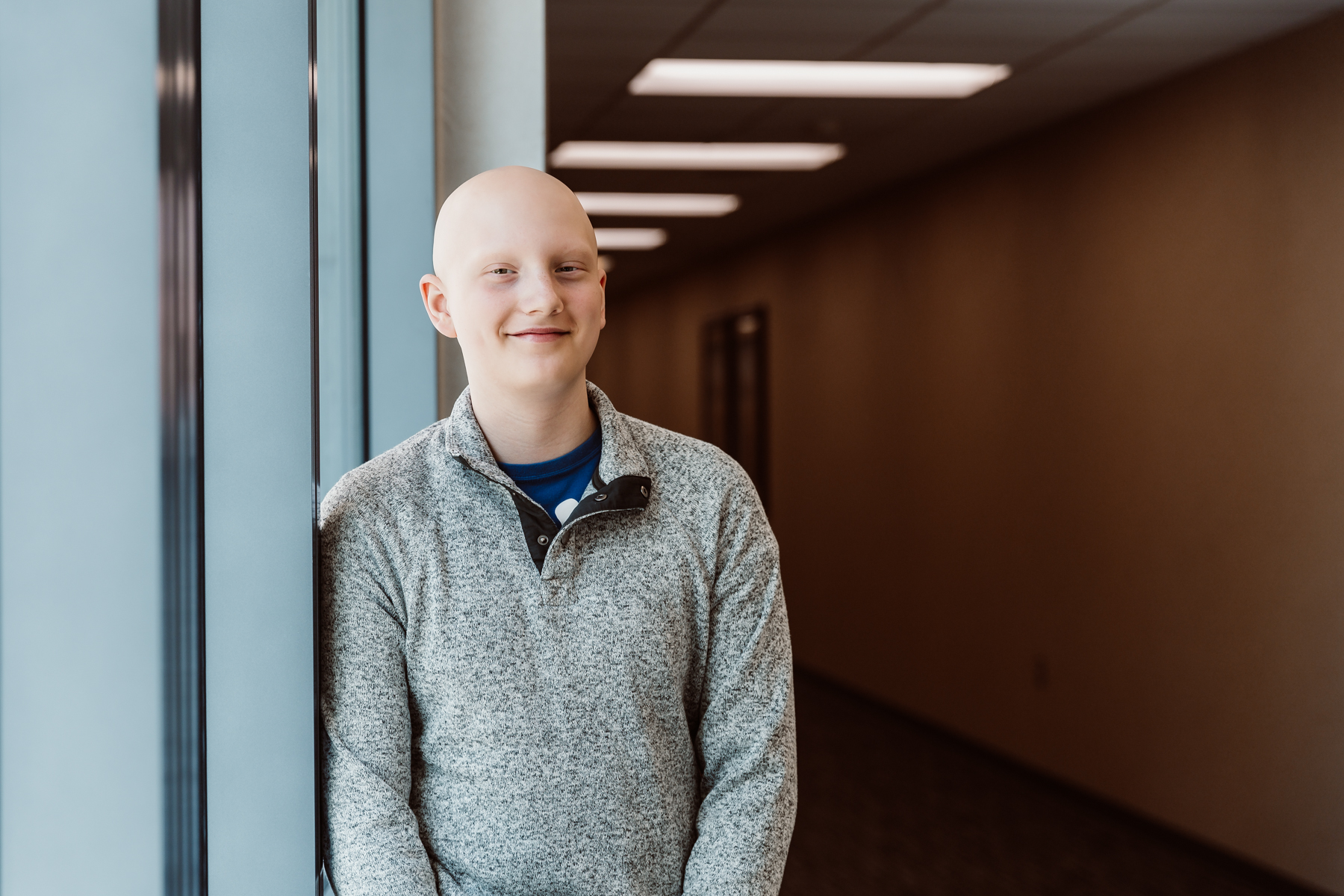
Bolton’s Bravery
With specialized, comprehensive care in hospitals tailored to the unique needs of pediatric patients, children’s hospitals help children and teens like Bolton defy the odds.
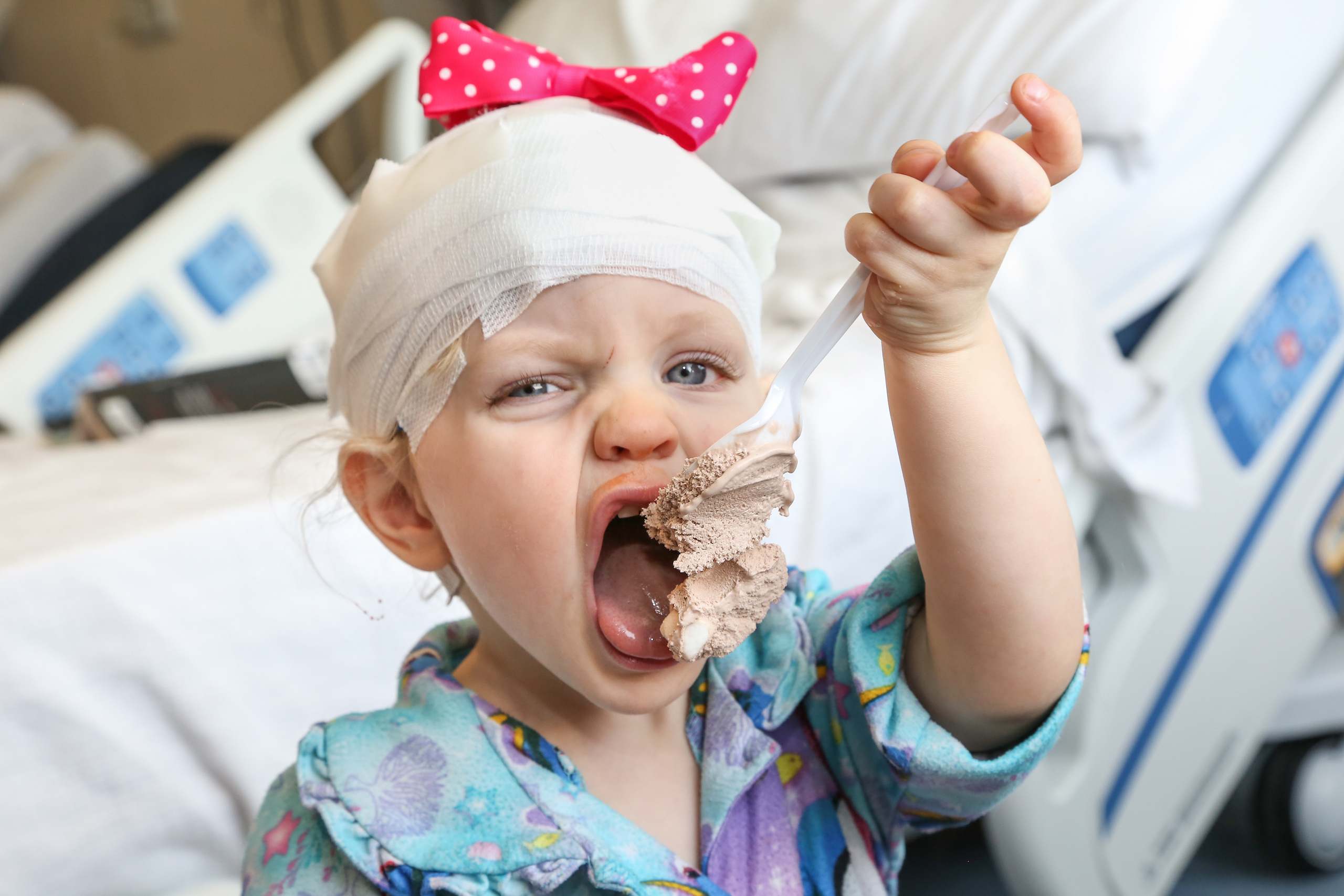
Every day, children’s hospitals help make moments possible. From providing access to the comprehensive care that children need to grow up to supporting children, teens, and their families with specialized treatment for some of the most complex illnesses. Discover more about the moments made possible by children’s hospital through patient stories from around the country.

With specialized, comprehensive care in hospitals tailored to the unique needs of pediatric patients, children’s hospitals help children and teens like Bolton defy the odds.
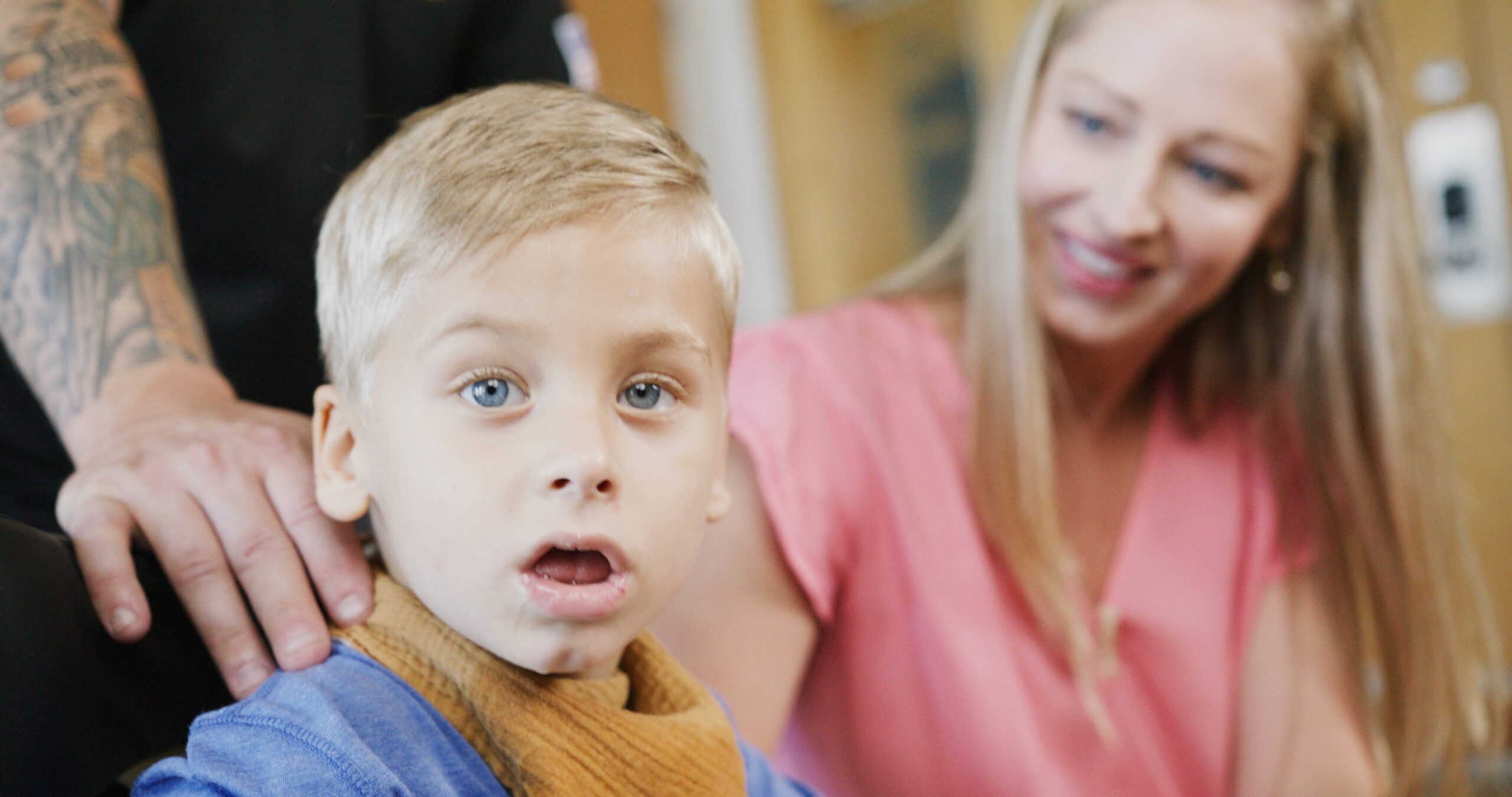
Children’s hospitals provide advanced care for the most complex conditions in environments specially designed for pediatric patients, allowing children like Isaac to thrive.

The specialized multidisciplinary teams at children’s hospitals ensure that children and teens – like Cami – can beat multiple complex conditions like cancer and heart failure.
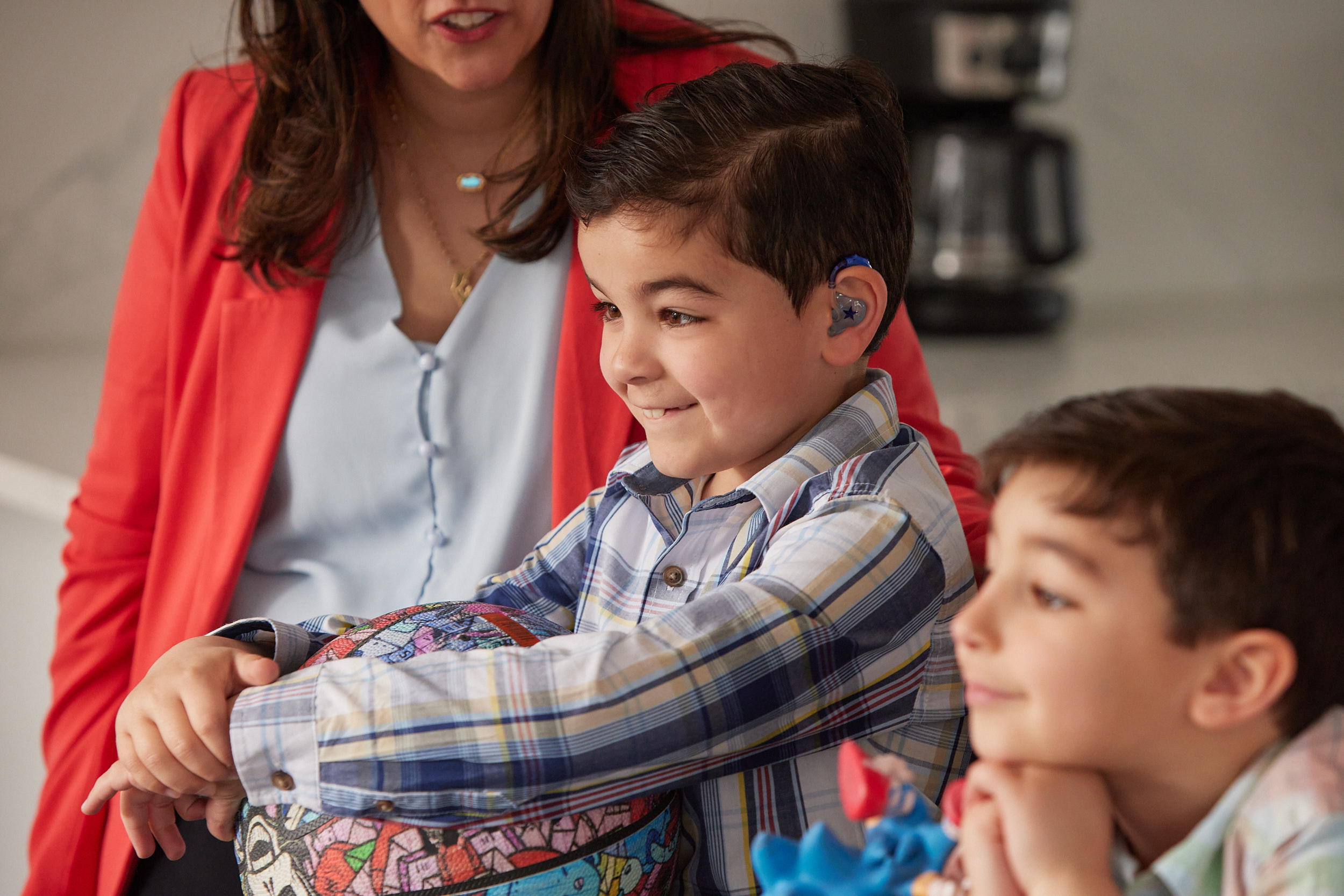
The advanced, specialized care that children’s hospitals provide make moments – like Joseph beating pediatric brain cancer – possible.
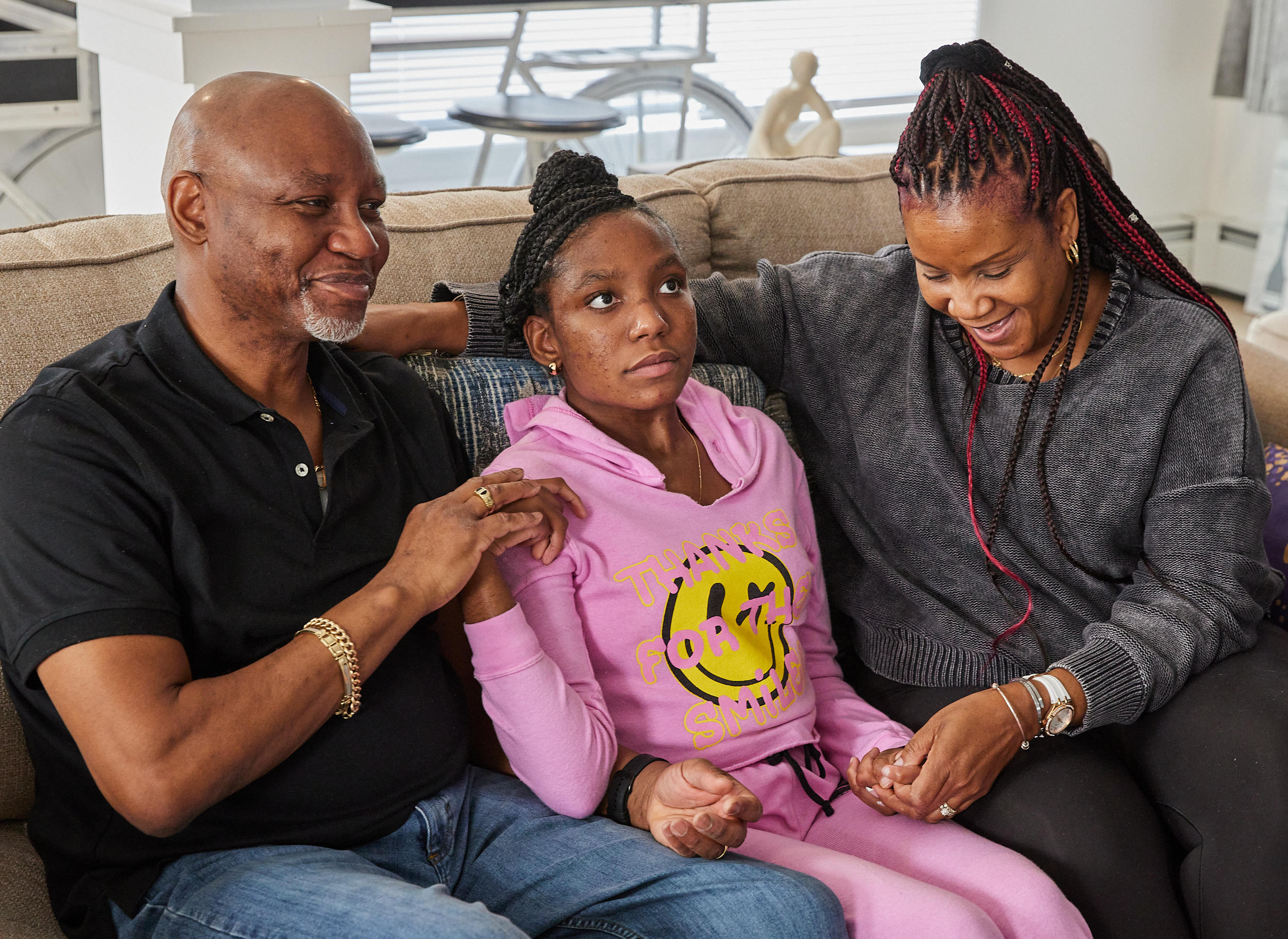
With care delivered by specially trained pediatric clinicians, in environments designed just for children, children’s hospitals help children and teens – like Daniella – navigate complex medical conditions.
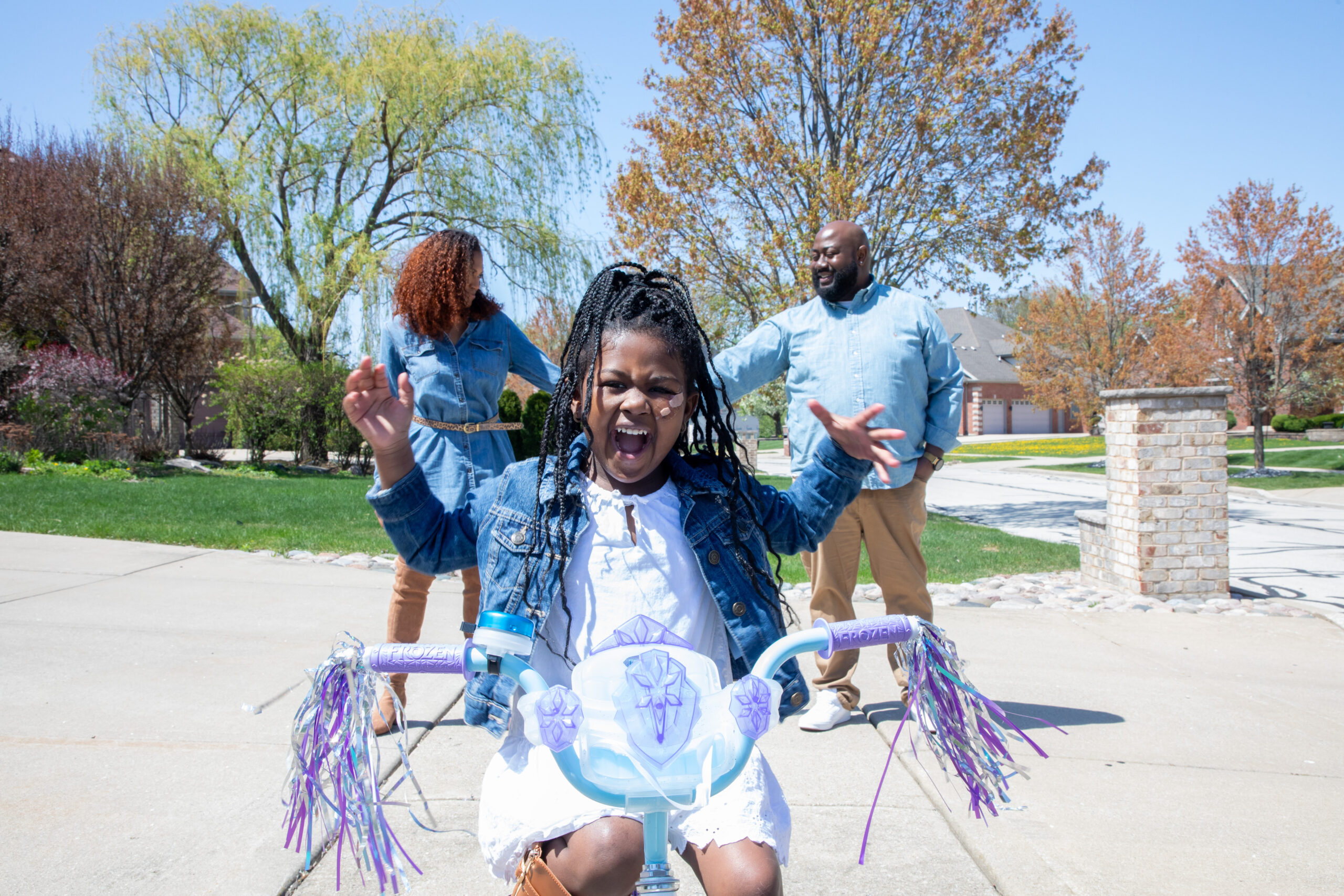
Just weeks before 2-year-old Harlow was supposed to head to Jamaica to be the flower girl at her parents’ wedding, her mother noticed that her usually energetic daughter had developed a cough and grown lethargic. Her care team suggested she may have a mild viral infection and also suspected a heart murmur. But during the trip, Harlow’s condition began to worsen. The family flew her home and took her to UChicago Medicine Comer Children’s Hospital, where a blood test revealed she had a rare form of acute lymphoblastic leukemia, a cancer of the bone marrow and blood. As Harlow prepared for her inpatient stay at Comer Children’s, her family was comforted not only by her oncology team’s confidence but also by the investigative therapies and established treatments offered by leukemia specialists. Harlow’s smile never dimmed, and she remained resilient even when an uncommon chemo allergy required her to be intubated. Twenty-eight months later, she rang the bell to signify the end of her cancer treatment. Today, Harlow is a healthy 5-year-old who loves to cook with her family and watch “Family Feud.” Even better, she’s still smiling.
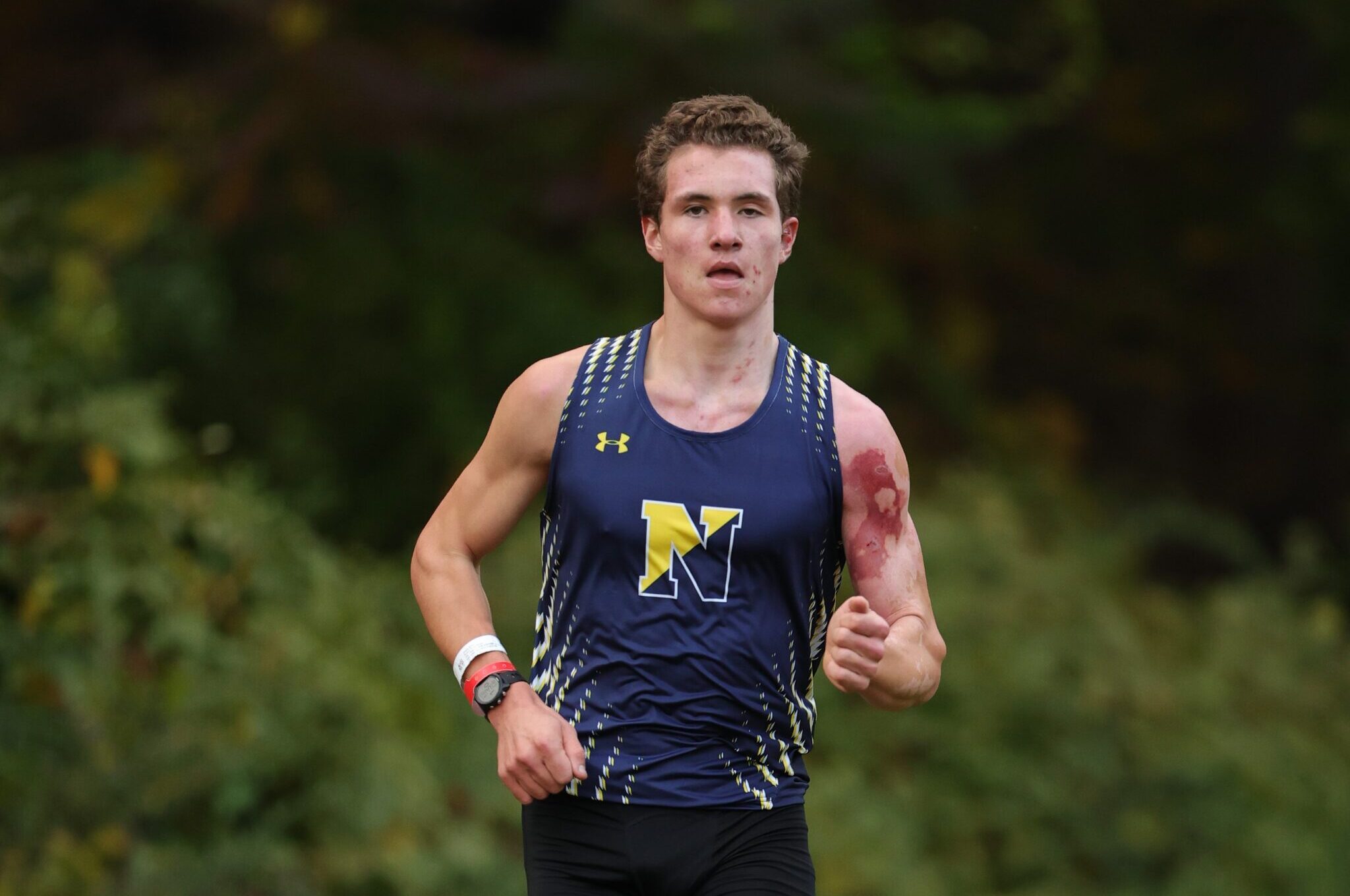
Davis’s cross-country season was just getting started when he was badly burned by a bonfire that accelerated unexpectedly. Arriving at Shriner Children’s Boston with burns covering 30% of his body, he met with a care team to map out the healing process. Davis began his treatment in the ICU, with frequent dressing changes and wound care, and a lot of rest. When he transitioned out of the ICU, Davis worked on regaining enough strength to walk laps around the inpatient unit and even up and down the stairs. As he prepared to go home, his nurses equipped him with the resources and at-home care he needed to do to continue healing. Thanks to the care Davis received, nearly three weeks after he was hospitalized, he ran half a mile. And after just one month, he competed in a cross-country meet! Over the next year, Davis returned to Shriners Children’s Boston for routine physical and occupational care. Now, 18, Davis is a college freshman competing on the school’s track team!
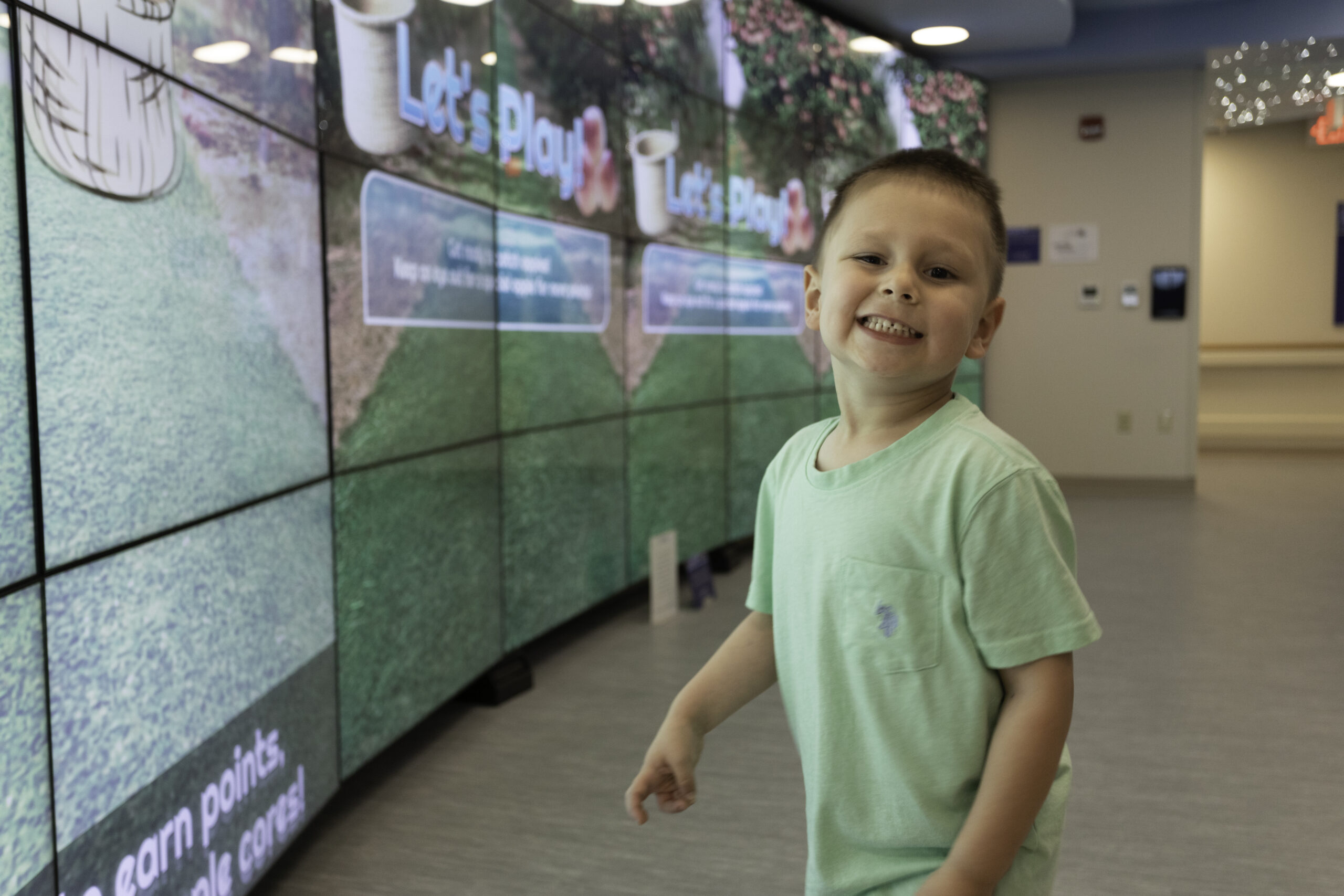
Cameron’s family was prepping for summer vacation when he suddenly had a stroke. After rushing to the ER, doctors realized that Cameron had lost all function in his left arm, leg, and part of his face and transferred him to the Comprehensive Stroke Center at HSHS St. Vincent Children’s Hospital. His care team immediately ran tests and discovered that a blood clot caused the stroke. Thankfully, the clot had already broken down, so Cameron did not need brain surgery. Still, Cameron had a long road to recovery after losing function in his left side. Cameron’s care team mapped out a plan of physical and occupational therapy to help him regain mobility. His team was always finding fun ways to work on his movements, making games involving swinging and crawling. Along with receiving care, his recovery was filled with fun games, entertainment, and Legos, ensuring four-year-old Cameron felt at home. Within a couple of weeks of therapy, Cameron began walking more and using his left arm. Thanks to their dedicated care and Cameron’s determination, he returned home after 20 days. Today, Cameron continues to attend physical therapy, growing stronger every day.
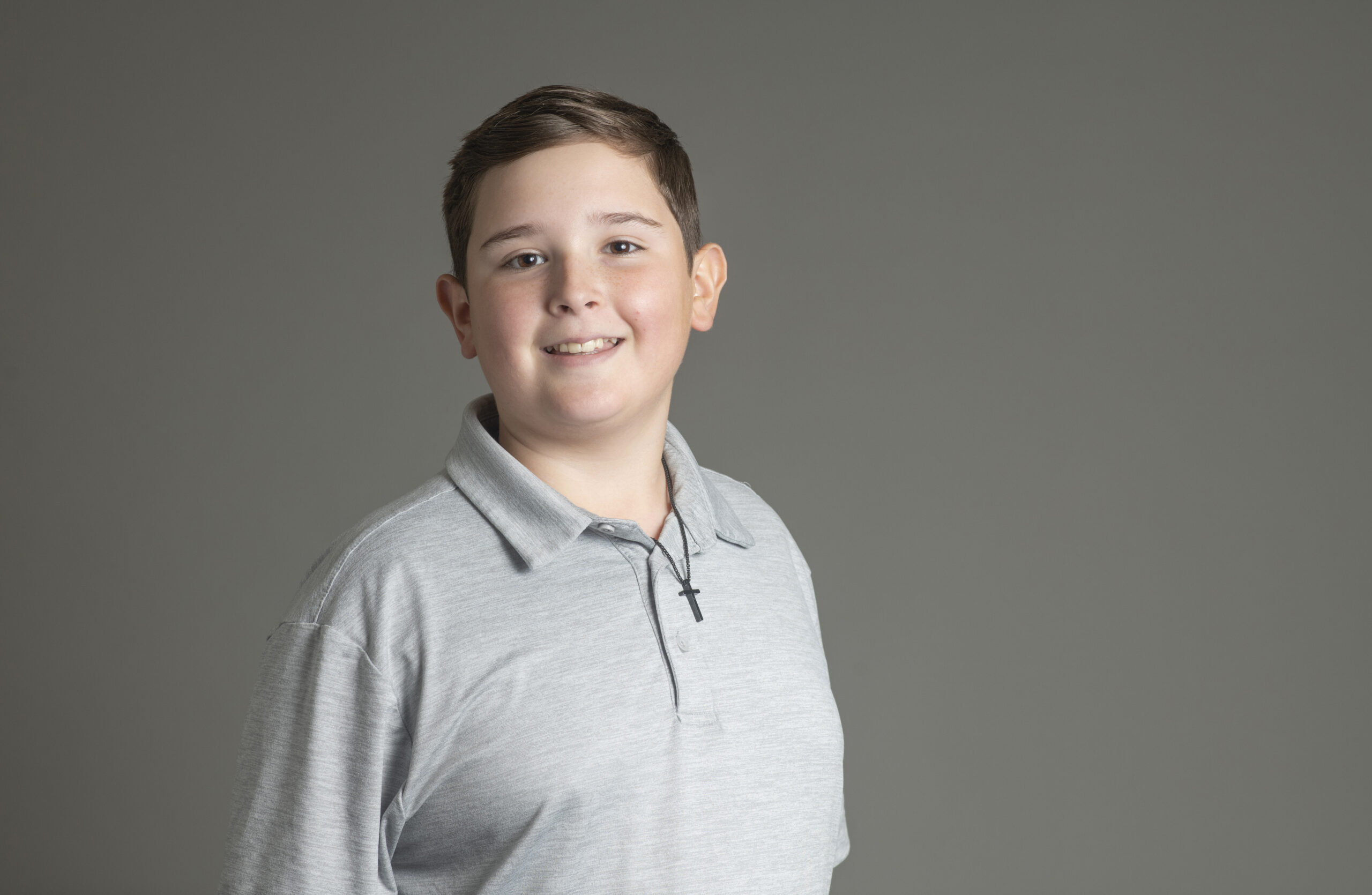
Stone was admitted to the Pediatric Intensive Care Unit (PICU) at Children’s Hospital at Erlanger after a ruptured aneurysm in his brain caused two strokes. As doctors monitored him, they discovered he suffered a third stroke from vasospasms—contractions that narrow blood vessels—in his brain. When Stone didn’t respond well to the standard treatment for vasospasms, his family felt hopeless, but his team at Erlanger didn’t back down. They found a small study supporting the use of cardiac medication to treat vasospasms. Soon after trying it, Stone’s vasospasms stopped, and he began his road to recovery! Due to the brain damage, he lost nearly every independent function and had to stay on a ventilator until he could wake up on command. After a few weeks, his younger sister told Stone it was time to wake up—and he did! He came off the ventilator, and his team helped him speak his first words and slowly regain movement. Since day one in the PICU, the hospital staff rallied around Stone and his family. Today, Stone continues to make remarkable progress at a rehabilitation facility. In fact, professionals from children’s hospitals across the region call Stone’s circumstances a medical anomaly with a one-in-a-billion chance of survival.
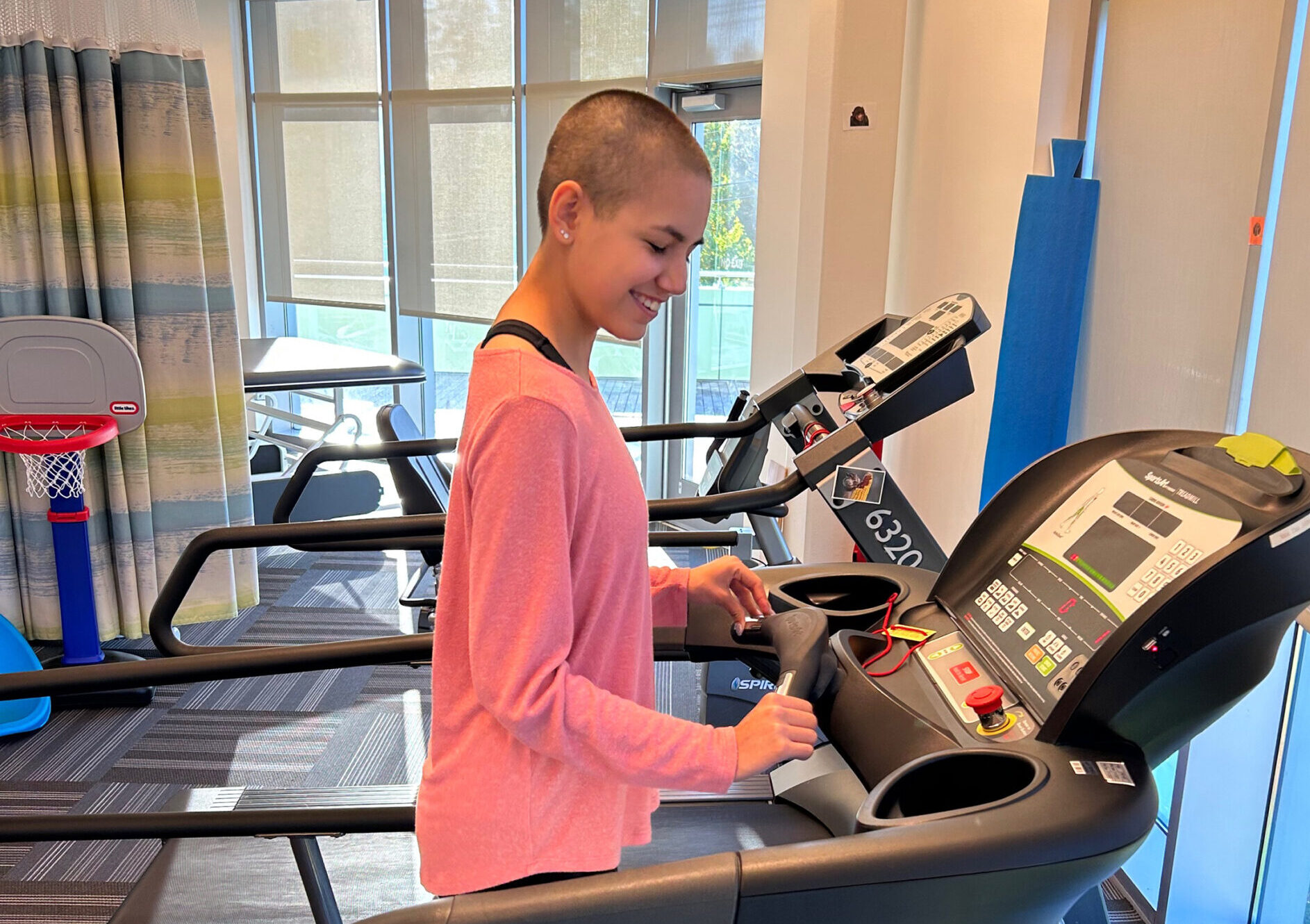
Just a few months after winning state in cross country, high school freshman Allie was ejected from the vehicle in a car accident and taken by air ambulance to a local hospital. Allie underwent a month of intensive care, but her journey was just beginning. She was transferred to Ranken Jordan Pediatric Bridge Hospital for recovery, arriving with lingering head trauma and an injured back, pelvis, and bladder. However, therapists jumped in immediately, working to strengthen Allie’s upper body and leg muscles. Her care team’s positive attitude and commitment to Allie’s recovery helped set the tone for her time in the hospital. To aid her recovery, Allie needed a special boot, but her insurance didn’t cover it. Thanks to donor generosity, Allie received the boot she needed. While at the hospital, Allie played fun games and frequented the hospital’s outdoor garden–her favorite place during her stay. After weeks of attending therapy five or six times a day and months of inpatient care, Allie is back to running! She ran the Ranken Jordan 5K for Play and is back on the cross-country team!
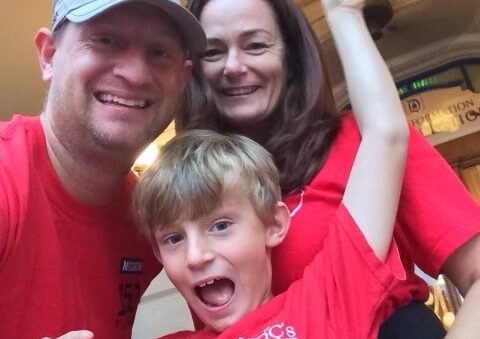
Back in 2009, Craig, a senior preconstruction director, began overseeing the construction of the Bill Holmes Tower at Children’s Hospital of Orange County (CHOC), now part of Rady Children’s Health. At the same time, Craig and his wife received devastating news: their 4-year-old son, Jackson, had acute lymphoblastic leukemia. As Jackson received expert care at CHOC’s Hyundai Cancer Institute, Craig watched the new tower rise, finding comfort in sharing the hospital’s construction progress with his son and other patients. Watching the project develop as Jackson’s health improved helped Craig see their bright future ahead! As an animal lover with dogs at home, Jackson felt reassured by the hospital’s pet therapy program, and their frequent animal visits kept a smile on his face throughout treatment. After three years of treatment in and out of the hospital, Jackson triumphed over cancer and is now thriving. He recently celebrated his high school graduation and has ambitions to become a veterinarian. And Craig has moved along to his second CHOC project: a nine-story ambulatory tower set to open this summer.

When Lillie’s mom was pregnant, she had a rare condition that caused frequent trips to the ER, and she was told that her daughter may not survive the pregnancy. Defying the odds, Lillie was born at 25 weeks at Maimonides Children’s Hospital, but that was just the start of her journey. Since Lillie was born prematurely, she spent her first few months of life in the hospital’s Neonatal Intensive Care Unit (NICU). She had serious chronic lung disease and received a tracheostomy in her neck to provide positive oxygen and pressure. As her breathing gradually improved, a pediatric pulmonologist stepped in to help prepare Lillie to go home. This specialized doctor worked with Lillie to help her learn to eat and breathe independently, eventually taking her off an oxygen tank. While these first few months of Lillie’s life were some of the scariest, her mother felt loved and supported by the hospital staff through it all. Because of the life-saving care she received, Lillie is now an independent and active ten-year-old! She’s in elementary school and is running, playing, and thriving!